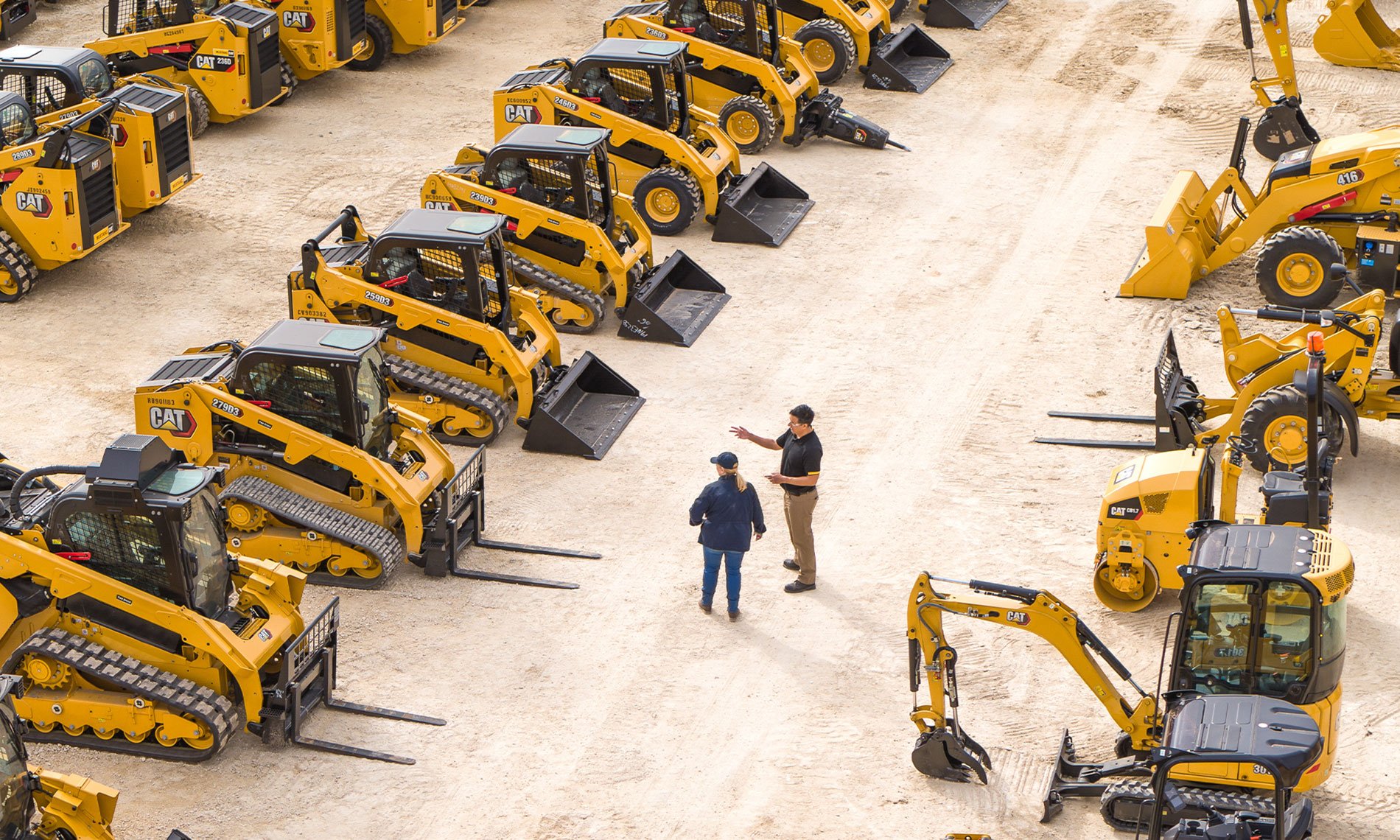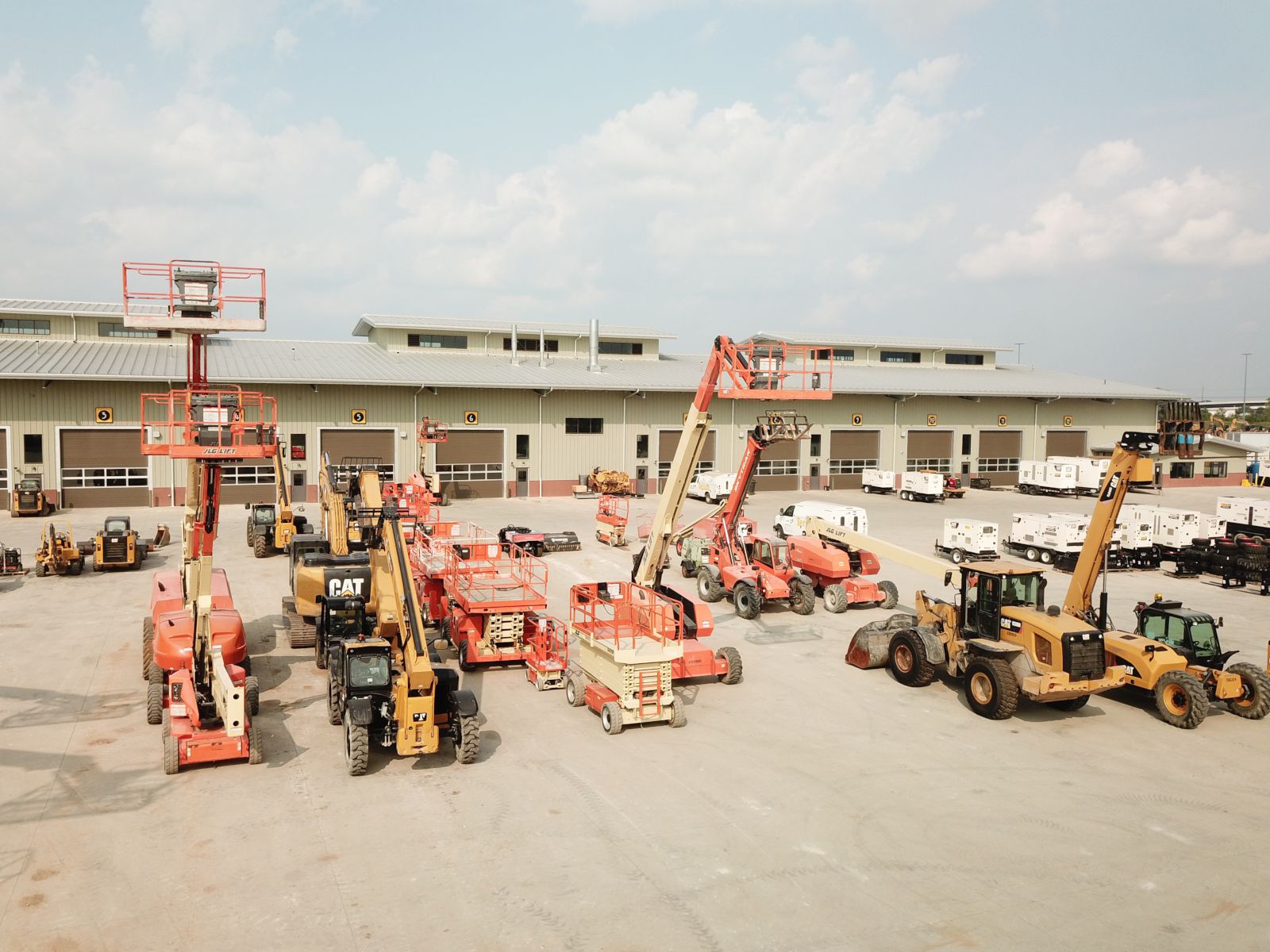Aerial Lift Rental: Versatile Training Solutions for High-Access Jobs
Optimize Your Budget Plan by Recognizing the Expenses Related To Construction Tools Services
Comprehending the complete extent of expenses connected with building equipment rentals is critical for optimizing your budget plan. What methods can be employed to effectively handle these expenses and ensure a more effective rental experience?
Review of Rental Prices
When thinking about building and construction tools services, comprehending the linked costs is extremely important for reliable budgeting and project preparation. Rental costs can vary dramatically based on numerous elements, including devices type, duration of leasing, and location. The preliminary rental cost often reflects the equipment's market demand and its connected operational abilities, affecting the general expenditure.
In addition to the base rental rate, ancillary costs may develop, such as transport charges, fuel surcharges, and maintenance costs. It is vital to represent these extra expenses to accurately analyze the total price of renting devices. The rental duration can impact rates; longer services may qualify for discounted rates, while short-term rentals may incur higher everyday fees.

Break Down of Rental Rates
An extensive understanding of rental prices is important for specialists and project managers aiming to maximize their spending plans. Rental prices for building and construction devices usually are composed of numerous elements, including base rates, time-based fees, and use costs.
Base prices are the core charges connected with the rental of the tools, frequently identified by the type and dimension of the machinery. These rates can differ substantially, affected by elements such as equipment need, accessibility, and regional market fads. Time-based costs, which might be daily, weekly, or monthly, serve to suit different project timelines and rental periods.
In addition, rental prices may include use fees, which are applicable when devices is utilized beyond a specified threshold, guaranteeing that the rental firm can represent damage. Seasonal need fluctuations can also impact rental rates, with peak building and construction seasons typically regulating higher prices.
Moreover, recognizing the rental company's plans regarding upkeep and insurance can give further insight into the overall price structure. By assessing these components, service providers can make educated choices, ensuring the choice of rental tools aligns with both task requirements and budget plan restrictions.
Additional Fees to Think About
Recognizing the details of added charges is critical for contractors to manage their overall rental costs successfully. Past the typical rental rates, various additional fees can substantially affect the complete price of tools leasing. These charges typically consist of distribution and pick-up costs, which can differ based on distance and logistics included in delivering the tools to and from the task site.
Furthermore, some rental business may impose fuel additional charges if the tools is returned with less fuel than when rented. It is additionally important to recognize potential cleansing charges, especially heavy machinery rental for specialized equipment that requires thorough upkeep after usage.

Extensively examining the rental agreement and making clear these extra fees upfront can aid specialists prevent unexpected expenses and guarantee that budget plans remain undamaged throughout the project lifecycle.
Repair And Maintenance Expenditures
Routine repair and maintenance expenditures are commonly neglected factors that article source can dramatically influence the general price of building tools leasings. When renting out devices, it is crucial to think about not just the rental fees however also the potential costs related to maintaining the machinery in ideal operating problem.
Several rental business include basic maintenance as part of the rental agreement; nevertheless, more unexpected breakdowns or comprehensive repair services can cause added costs. It's vital to evaluate the rental agreement meticulously to recognize what upkeep services are covered and what responsibilities fall on image source the tenant.
Moreover, tools that is not properly maintained can result in ineffectiveness at work website, possibly increasing and creating hold-ups task costs. To mitigate these risks, it is advisable to carry out routine evaluations and preserve open communication with the rental company relating to any kind of concerns that emerge throughout usage.
Insurance Coverage and Obligation Costs
Insurance policy and responsibility costs are vital components that can significantly influence the total expenditure of construction equipment services (aerial lift rental). These costs make certain that both the rental firm and the client are protected from possible monetary losses occurring from mishaps, damage, or burglary during the rental duration

Furthermore, clients should recognize any deductibles or exclusions in the insurance policy, as these can influence prospective out-of-pocket costs. Recognizing the conditions of any type of insurance protection is essential to avoid unanticipated prices. Eventually, budgeting for insurance and obligation expenditures can help ensure a smoother rental experience and protect against economic risks related to construction tasks.
Final Thought
In verdict, a thorough understanding of the costs associated with construction tools leasings is important for efficient spending plan management. Ultimately, educated decision-making pertaining to equipment services contributes to the overall success of building and construction undertakings.
Rental expenses can differ considerably based on a number of variables, including tools kind, period of service, and area (heavy equipment rental). The rental period can influence rates; longer rentals may certify for reduced prices, while temporary services may incur greater everyday fees
By performing complete research and engaging with reliable rental firms, professionals can efficiently navigate the intricacies of rental prices, inevitably maximizing their economic sources.
Past the basic rental rates, various extra fees can considerably impact the overall price of tools rental. Rental business frequently give obligation insurance coverage that covers injuries to 3rd celebrations or damage to property, while equipment damage insurance policy can cover the price of repairs or substitute if the leased devices is harmed.